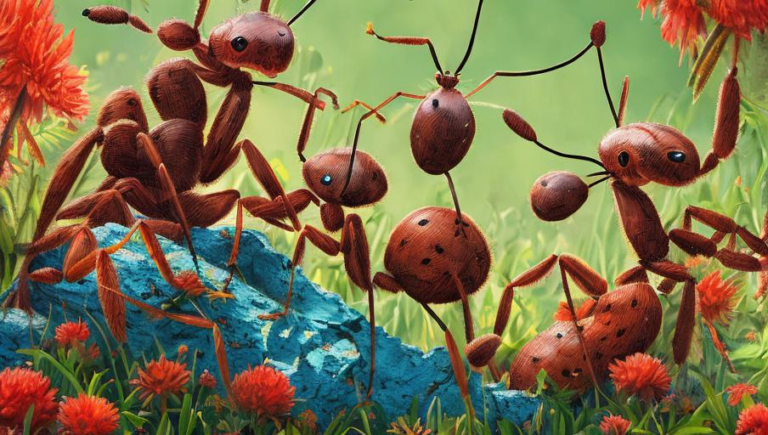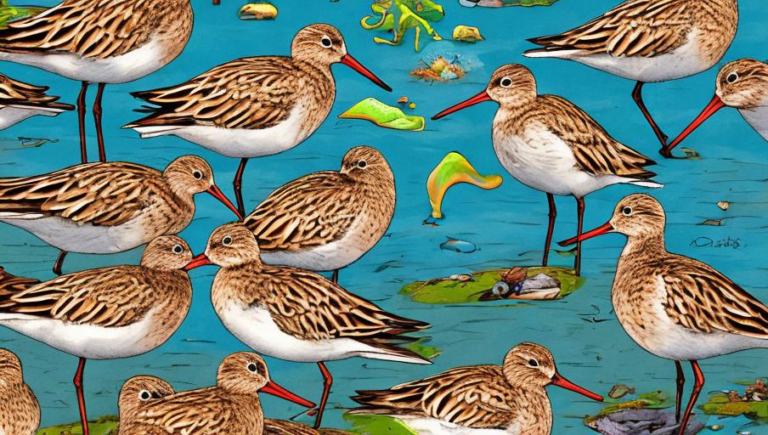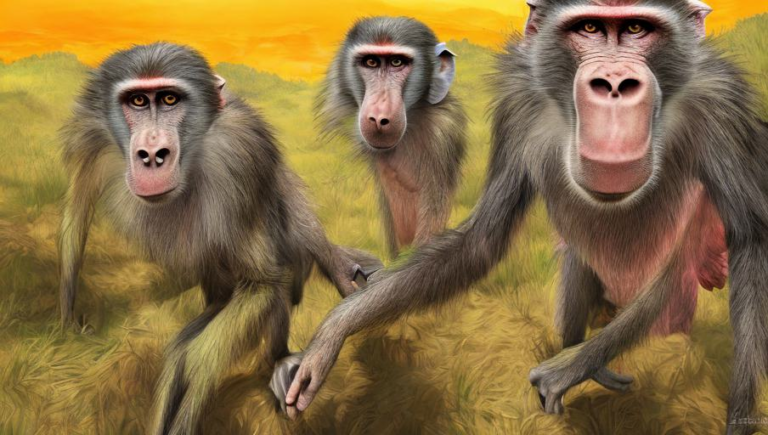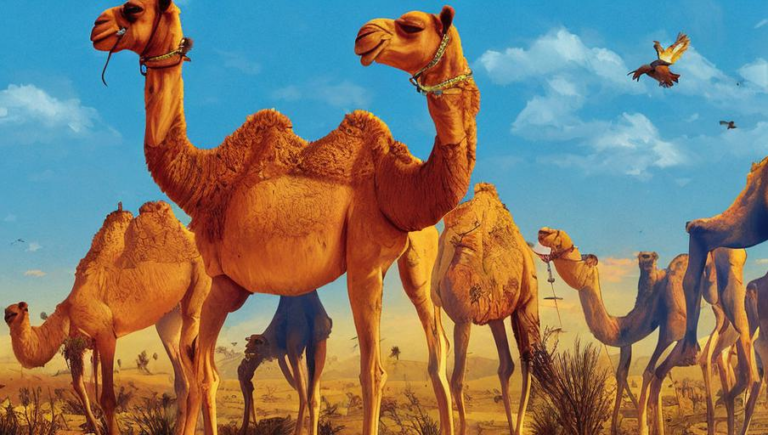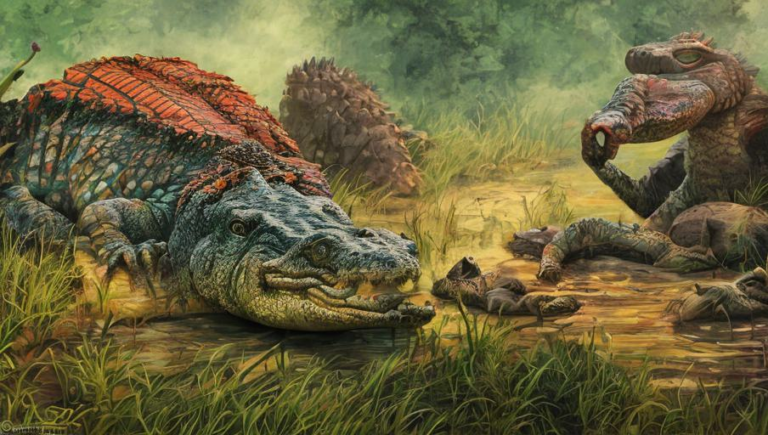Aardvarks and Their Unique Diet
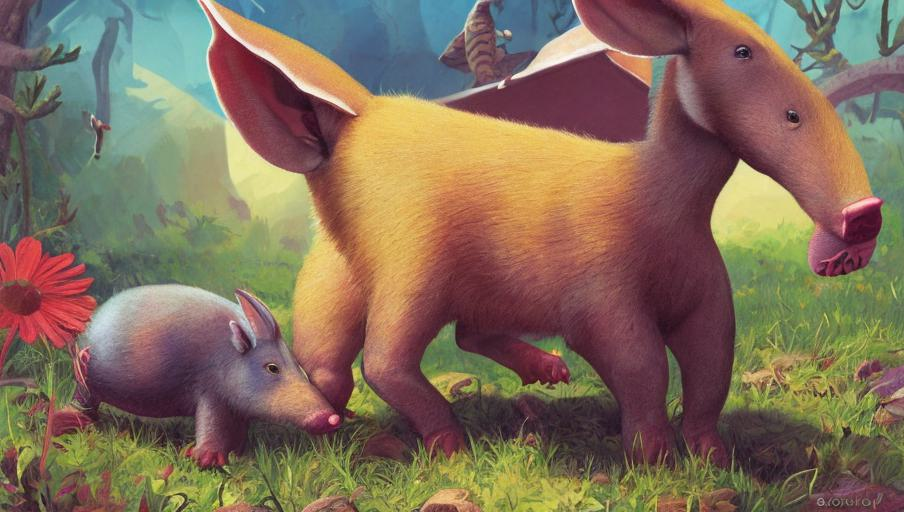
Introduction
Aardvarks are nocturnal mammals that are native to Africa. They are often referred to as “antbears” because of their elongated snouts and powerful claws that they use to dig for food. Aardvarks have a unique diet of ants and termites that they hunt at night. They are also able to eat fruits, vegetables, and other insects.
Physical Characteristics
Aardvarks have a pig-like body with a long snout and powerful claws. They have small eyes and large ears, which helps them detect their prey during the night. They have thick fur that ranges in color from gray to reddish-brown. They have long tails and weigh between 55 and 125 pounds.
Habitat
Aardvarks live in grasslands, woodlands, and savannas. They are mostly solitary creatures and spend the day in burrows that they dig with their powerful claws. During the night, they come out to feed on ants and termites.
Diet
Aardvarks are mainly insectivores, meaning they feed mainly on insects. They feed on ants, termites, and other insects that they find at night. They are also able to eat fruits, vegetables, and other plant material.
Reproduction and Lifespan
Aardvarks are solitary creatures and only come together to mate. The female usually gives birth to one baby after a gestation period of seven months. The baby grows rapidly and is weaned after three months. Aardvarks have an average lifespan of 10-15 years in the wild.
Conservation Status
Aardvarks are listed as a species of least concern by the International Union for Conservation of Nature (IUCN). They are threatened by human activities such as habitat destruction, hunting, and poaching. Conservation efforts are being made to protect aardvarks and their habitats.
Conclusion
Aardvarks are unique animals that have a special diet of ants and termites. They are mostly solitary creatures that live in burrows during the day and come out at night to feed. They have a wide range and are listed as a species of least concern, however, they are still threatened by human activities. Conservation efforts are being made to protect aardvarks and their habitats.

